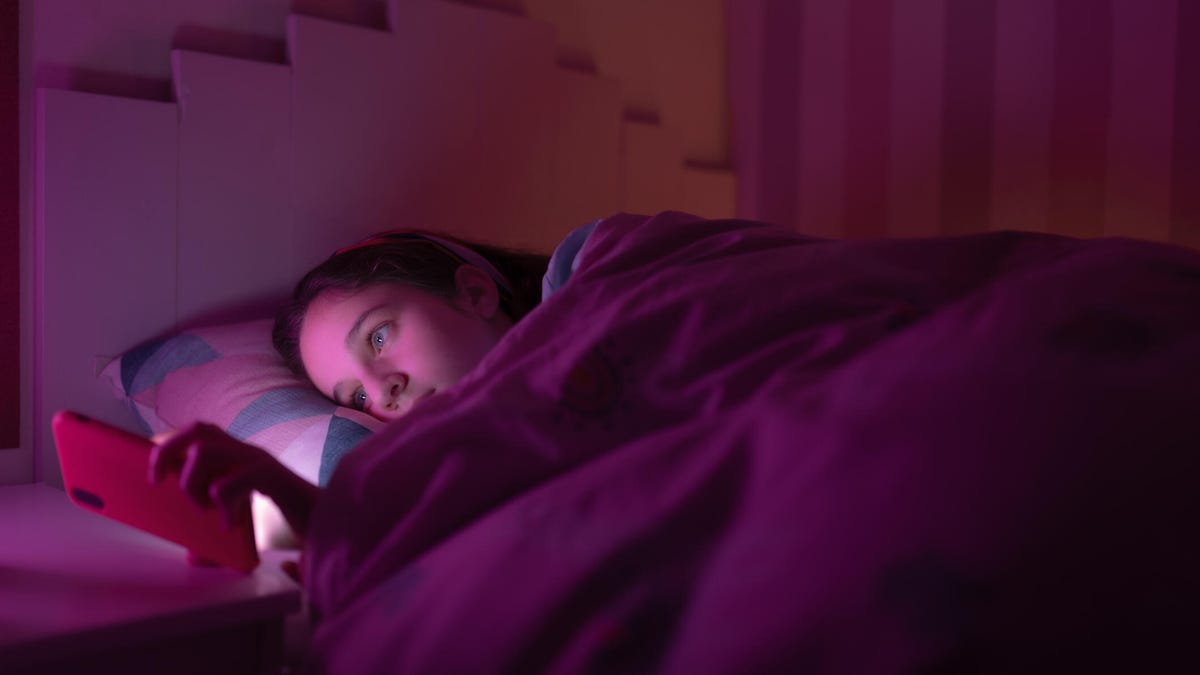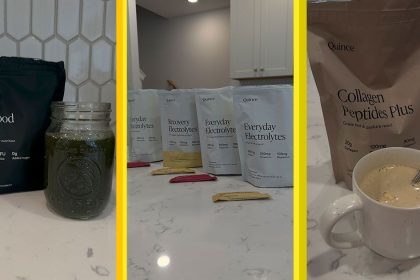For many, stress can significantly disrupt sleep, and I am no exception. Despite striving for optimal rest through healthy habits, understanding my sleep quality has been elusive. As a minimalist, I sought a straightforward solution to analyze my sleep patterns without engaging in complex systems or investing in additional products. That’s when I discovered SleepSpace, an innovative AI-driven app designed to analyze sleep quality and offer tailored recommendations through a chatbot named Dr. Snooze, which connects users to human sleep experts for more personalized support.
Founded in 2009 by Dan Gartenberg, who also serves as a sleep advisor at CPAP.com, SleepSpace only launched its AI capabilities in 2022. The app’s singular focus on sleep enhances its effectiveness, providing a comprehensive analysis by integrating with wearable devices such as the Apple Watch, Oura Ring, and Whoop, allowing users to gain a fuller understanding of their sleep patterns.
I decided to explore the app without the aid of wearables—just my smartphone and the SleepSpace application. Setting up was simple; I only needed to determine the optimal position for my phone to effectively track sound disturbances and other sleep-related metrics.
Getting Started with SleepSpace
SleepSpace offers a one-week trial period, after which users can subscribe for $25 per month or opt for an annual fee of $99. To get started, follow these steps:
1. Download
The SleepSpace app for either iOS or Android and create an account. If you have wearables or use HealthKit/Google Fit, connect them for a richer sleep data experience. However, a mobile device is all that’s necessary to access the app, even without wearables.
2. Initiate
A sleep session before bedtime by placing your phone on your nightstand or mattress, allowing its microphone and motion detector to monitor sounds and movements. On my first night, I utilized my pillow to access calming sleep sounds from the app—eventually settling on Ocean Waves and Brown Noise as my go-tos.
3. Review
Your personalized sleep score each morning and engage with the AI chatbot for immediate, science-supported recommendations. SleepSpace utilizes machine learning to provide tailored feedback, but it operates without relying on advanced language models like Gemini. Despite experiencing sleep interruptions without obvious causes—perhaps due to my afternoon coffee—I found Dr. Snooze surprisingly adept at answering my queries. With a subscription, users can consult human sleep experts or coaches when needed.
Gartenberg emphasized, “By keeping the bot strictly focused on sleep, we reduce the risk of hallucinations and misinformation, ensuring a high standard of accuracy. When the AI cannot provide sufficient depth, a human expert steps in within 48 hours, adding an extra layer of personalized care and a level of accuracy in sleep tracking.” This assurance, coupled with my own observations, indicated that the app could effectively track my sleep irregularities.
SleepSpace employs sleep staging algorithms trained on polysomnography data, providing users with a thorough overview of their sleep trends.
Exploring the Benefits of SleepSpace
The insights I gained from using SleepSpace were invaluable. I discovered my specific sleep needs—such as wearing socks, keeping my neck warm, adding layers, and ensuring my room stays cold without direct airflow—all crucial for both falling and staying asleep.
The app’s AI analysis offered a clearer understanding of my sleep patterns. Without a physical sleep tracker, having this app next to my bed revealed how well it picked up on noise disturbances and my frequency of waking. My average nightly awakenings were recorded at four, with a sleep quality rating of 78% and detailed data on my wake times—always after my alarm—and expected energy fluctuation points, which my experiences corroborated.
Initially aware that I was a light sleeper, the realization of averaging four wakeups per night over a seven-hour span highlighted my restlessness. After a week of using the app, I gained crucial insights into my sleep behavior, my energy peaks, the timing of my awakenings, and guidance to help minimize nighttime disruptions, including eliminating my late-afternoon coffee habit.
Overall, I see significant value in attempting SleepSpace, especially for those who are not currently tracking their sleep health. Its highly personalized insights translate into actionable steps for improving sleep quality, making it a worthwhile investment in one’s well-being.






